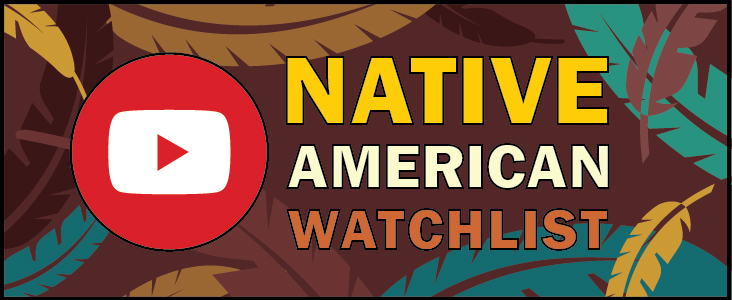Culture
Watchlist: ‘Native American fashion aims to reclaim its culture with authentic designs’

By Kamiah Koch
Social media/digital journalist
Coincidently, four days before Smoke Signals published a video on Friday, June 2, explaining how to make a ribbon skirt, PBS News Hour shared a video on a growing resurgence in Native American clothing designs.
Kaomi Lee, the narrator of the PBS video and a reporter for Twin Cities PBS, introduces Adrienne Benjamin, an artist and member of the Mille Lacs Band of Ojibwe.
Benjamin was taught how to make jingle dresses and ribbon skirts by an Elder when she was younger. Now her Indigenous designs sell out on social media.
“It wasn’t always like that,” Lee says. “Boarding schools forced generations of Native Americans to be ashamed of who they were. Few could make a living off their art and that’s why it matters now.”
In recent years, the number of clothing brands made by Native Americans has increased.
Travis Zimmerman is the manager at Mille Lacs Indian Museum and Trading Post. He gives a quick tour of the store during the video, showing off the different Indigenous shirt designs, ribbon skirts and hats all made by Native people.
“It’s wonderful to see people come in here – especially some of the kids and younger people that want to start wearing these items and take pride in their culture,” Zimmerman says.
However, knowing what is an authentic design made by a Native person versus a culturally appropriated design is an important distinction.
“Some big-name companies that have appropriated Native designs are also beloved by Native Americans,” Lee says.
The video highlights a few of the companies appropriating Native designs, including a well-known company for Grand Ronde members: Pendleton blankets.
Another company called out for culturally appropriating Native designs is Minnetonka Moccasins.
Minnetonka Moccasins President Jori Miller Sherer says for the majority of the company’s existence, they did not understand cultural appropriation.
“In the last decade we’ve really started to think about it and start to begin to understand what it was and we were doing,” Sherer says.
Since 2020 they have made efforts to apologize, collaborate with Native artists like Benjamin and donate proceeds to Indigenous organizations.
“That revolution has to come through ally-ship,” Benjamin says. “I know a lot of people don’t think that and that is OK, but I think people can and deserve an opportunity to right their wrongs.”
To watch the full “Native American fashion aims to reclaim its culture with authentic designs” video, go to https://www.youtube.com/watch?v=iHPQDqfHF4s.
